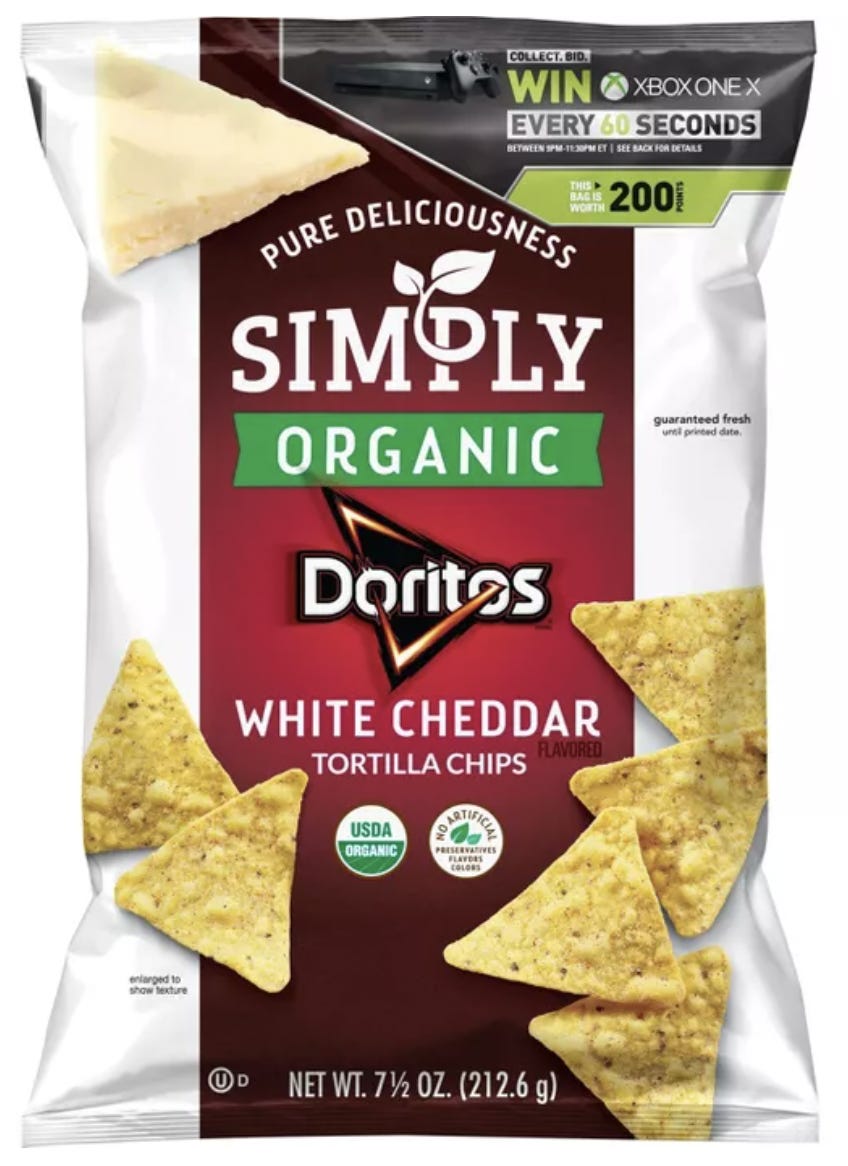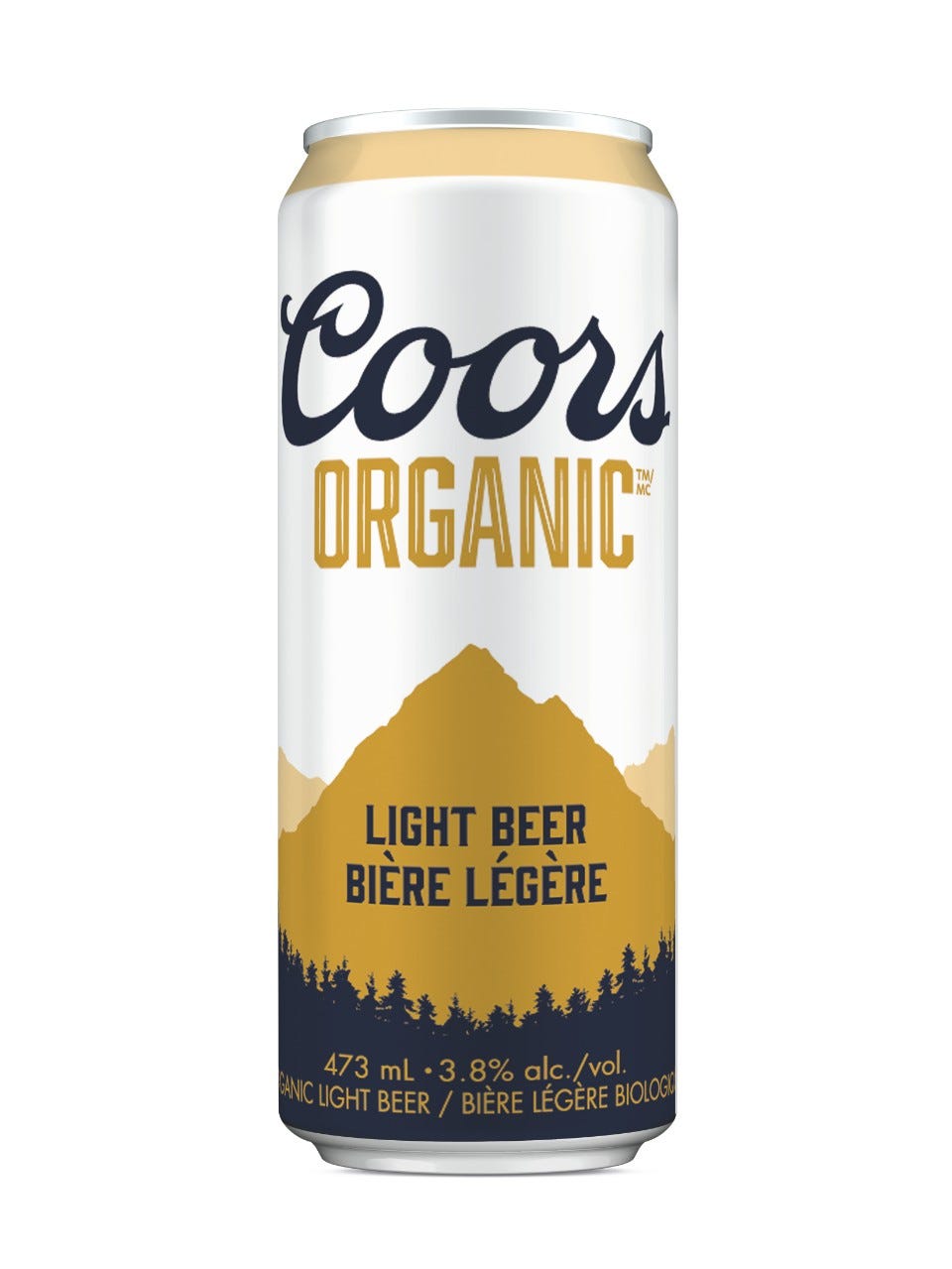Do you remember the original promise of organic? When organic food entered the mainstream food industry, I imagined we were on a path to reducing the nation’s use of pesticides and improving the environmental impact of agriculture.
That’s how it started. How’s it going?
Well… It has worked, at least in the sense that Americans are buying a lot more organic food than they used to.
And it has worked in that certified organic farms are prohibited from using most chemical and synthetic pesticides and fertilizers.
But it has not worked to make the environment better in the United States. Although demand for organic is strong, and has risen for decades, close to zero percent of our farmland is certified organic.*
In fact, during the long and steady rise in organic food, chemical pesticide and fertilizer use has also risen in the United States. Along with animal waste, these are the main agricultural sources of carbon emissions.** And remember that our food system is responsible for more than a fourth of carbon emissions.
The rise of organic food has not improved the carbon emissions of agriculture in the U.S.
Harvard’s Robert Paarlberg believes you are wasting your money on organic in most cases. Paarlberg argues that it is likely not safer, not better nutritionally, and it is probably not produced by a small local farm.
I don’t completely agree. My family consumes a lot of organic food. But let’s be clear. You are not saving the world by buying organic food in the U.S.
At the same time, I see another set of benefits in the rise of organic. Organic food in the United States has for many years experienced rising strong demand at price premiums. Consumers pay more for organic because - in material part - they perceive it to be better for the planet and their health.
When we have carbon labels that are easy to understand, standardized and trusted, then consumers will be able to make fully informed choices. Since we know consumers will pay more for, and demand more of, foods that they perceive to be better for the environment, it is safe to say that consumers will demand foods with carbon neutral or negative footprints (“Negative Foods”), pay more for Negative Foods, and that such foods will increasingly capture greater market share.
The rise in market share of Negative Foods will draw down carbon from the atmosphere and will therefore help reverse climate change.
Of course we don’t have to choose between organic foods and Negative Foods. That’s what Rodale is trying to achieve with Regenerative Organic Certification (“ROC”).
* According to the Pew Research Center, certified organic acres of farmland in 2016 represented less than 1% of of total farmland nationwide.
** Remember that synthetic fertilizer is generally made from natural gas using the Haber-Bosch process method.
Your Feedback:
Michelle Dennedy, one of my favorite humans, after reading the Iceland edition: “We DO have volcanoes under our feet! Check out this epi from Smarter Markets re Robert Friedland’s ideas on geo thermal and his young company iPulse. Fascinating stuff. We have to out imagine negative climate change.”
Michael Conway of Food Future Co. suggests that community gardening, or growing food at home, could be part of the solution. I agree! Look for a future edition regarding how your yard should be a carbon sink.
Danielle Joseph of Closed Loop suggests reading Grain by Grain.
For Your Further Consideration:
He says it’s not about climate. So why is Bill Gates investing in farmland?
Carbon offsets: a license to pollute or a path to net zero emissions?
Will this California drought result in another expansion of water-thirsty orchards?
Carbon reduction has benefits for crops, producers, planet
5 ways agroforestry can work for your land
Carbon markets evolving: The way forward for the US agrifood sector
The views in this newsletter belong solely to Paul Lightfoot (and not to BrightFarms or other organizations). This newsletter accepts no advertising. Learn more about this newsletter at https://paullightfoot.substack.com/about.





